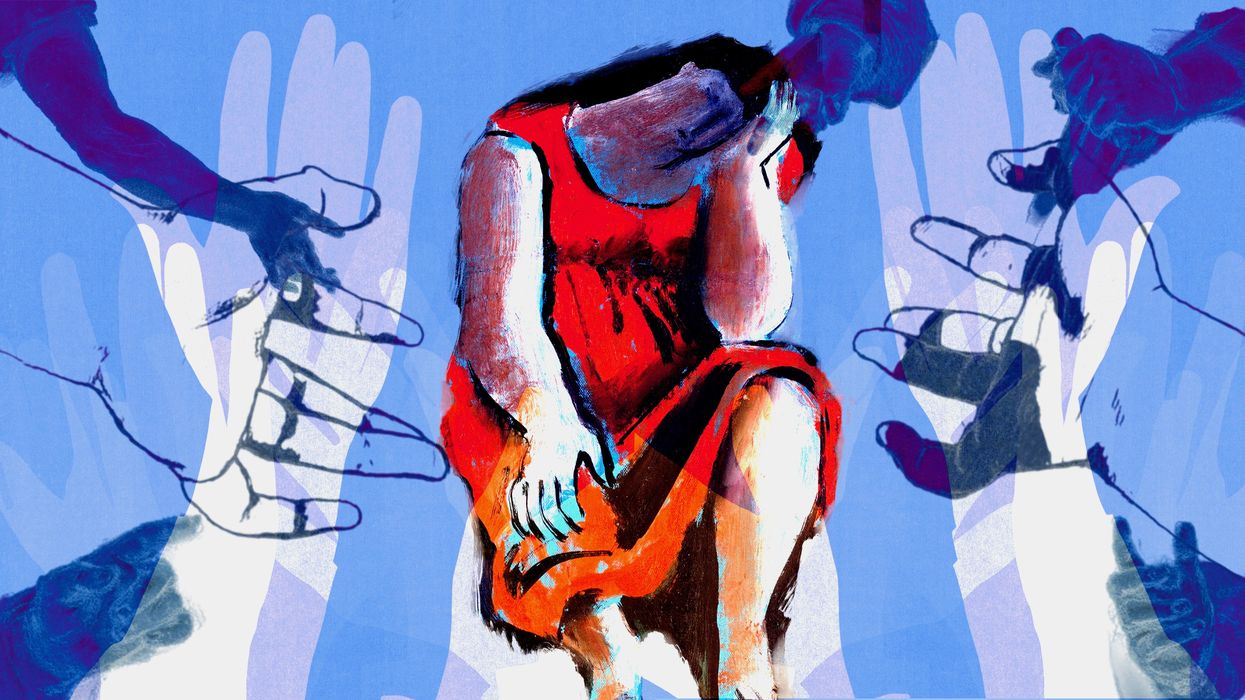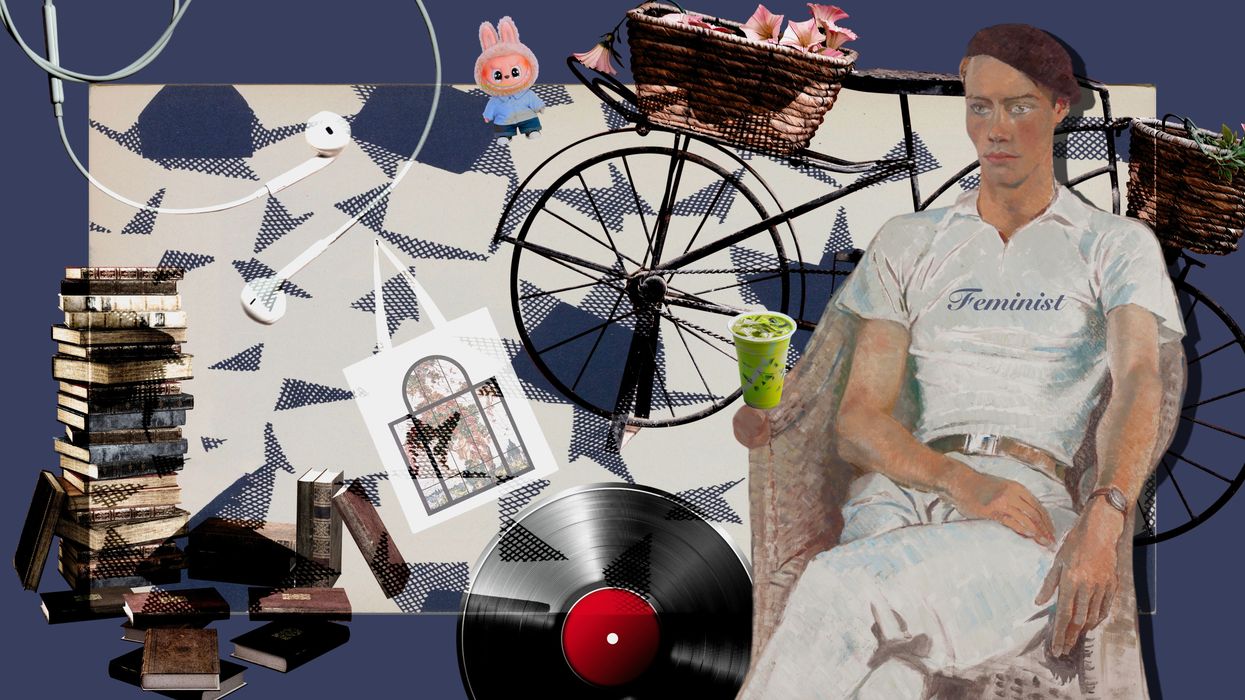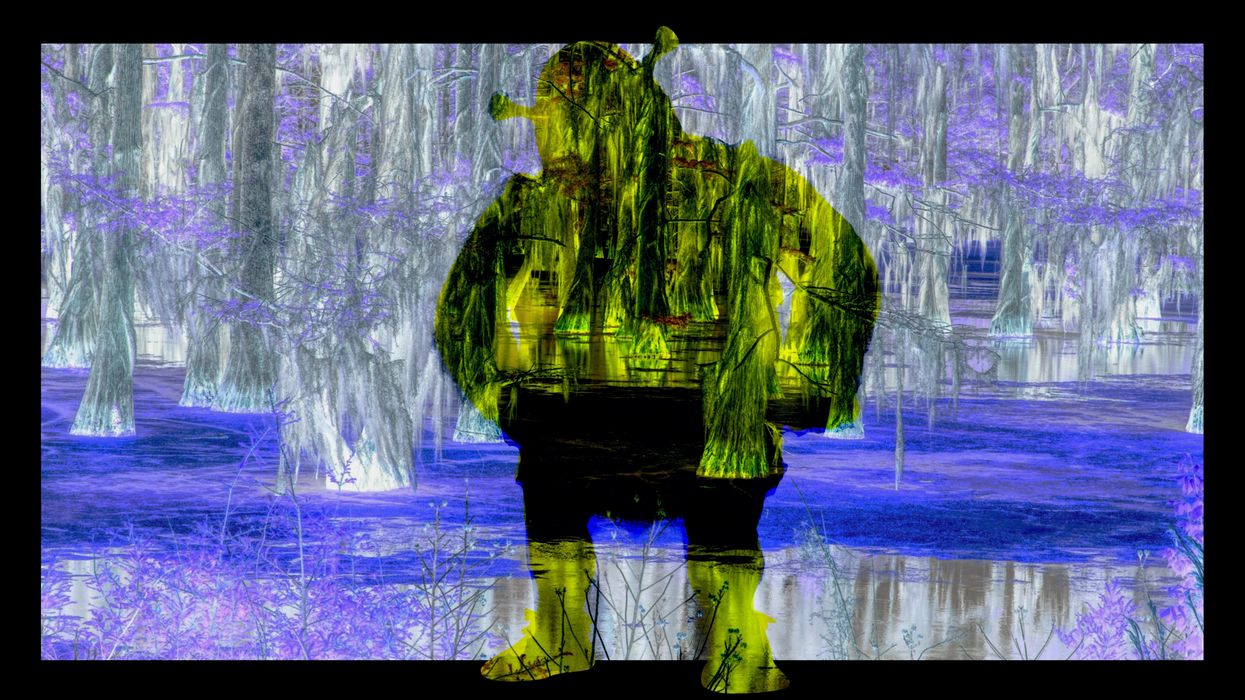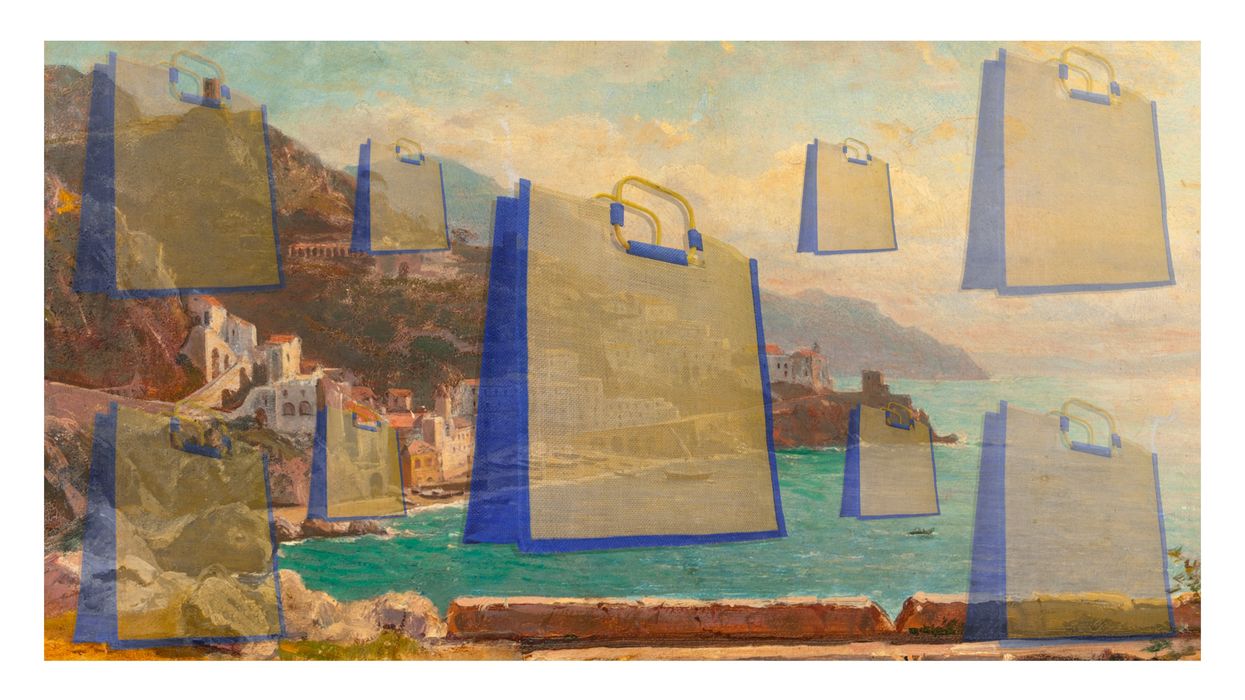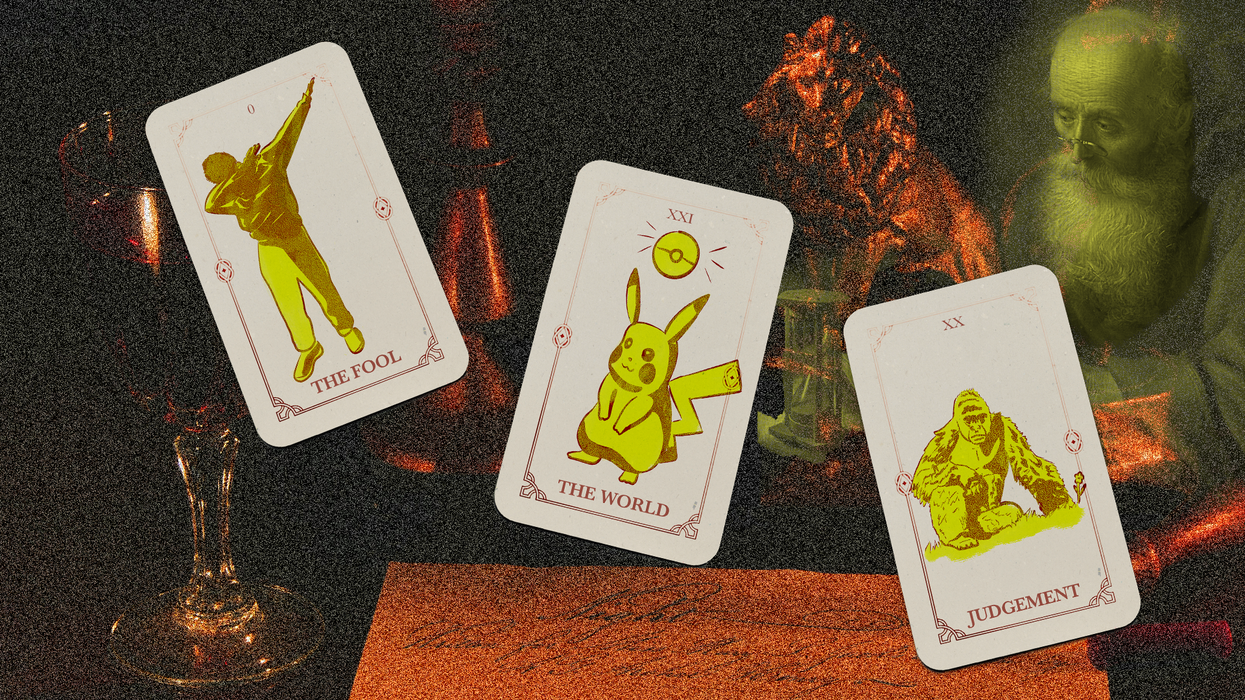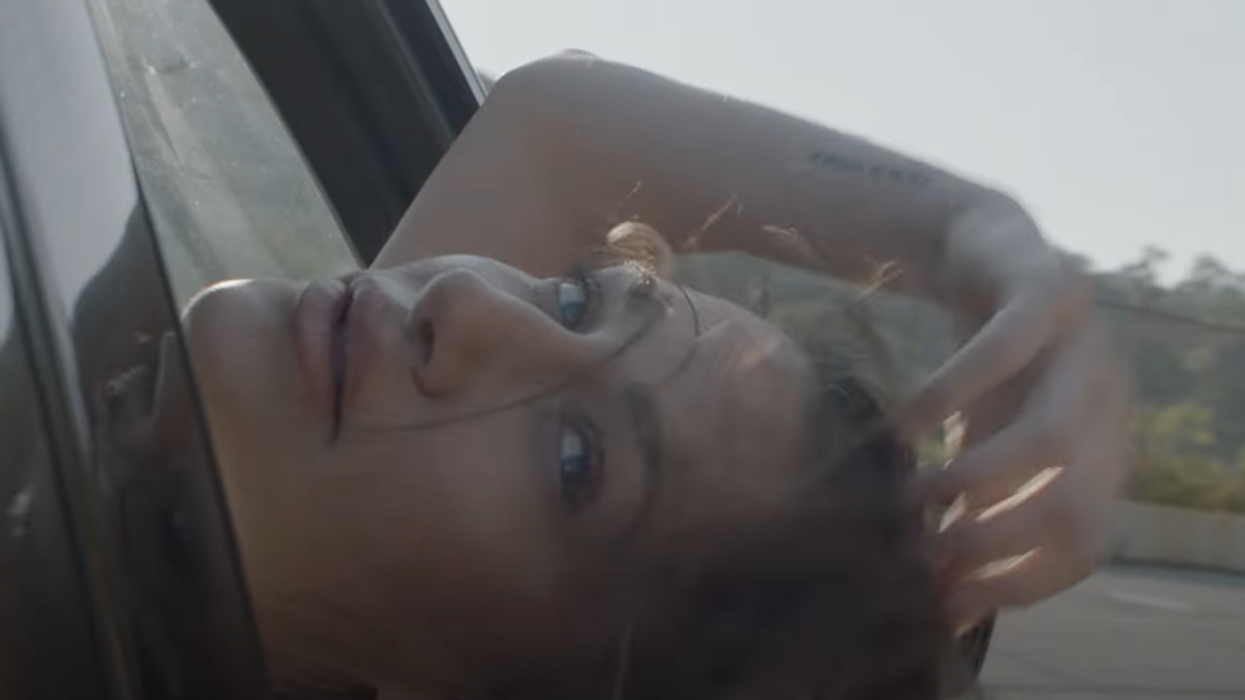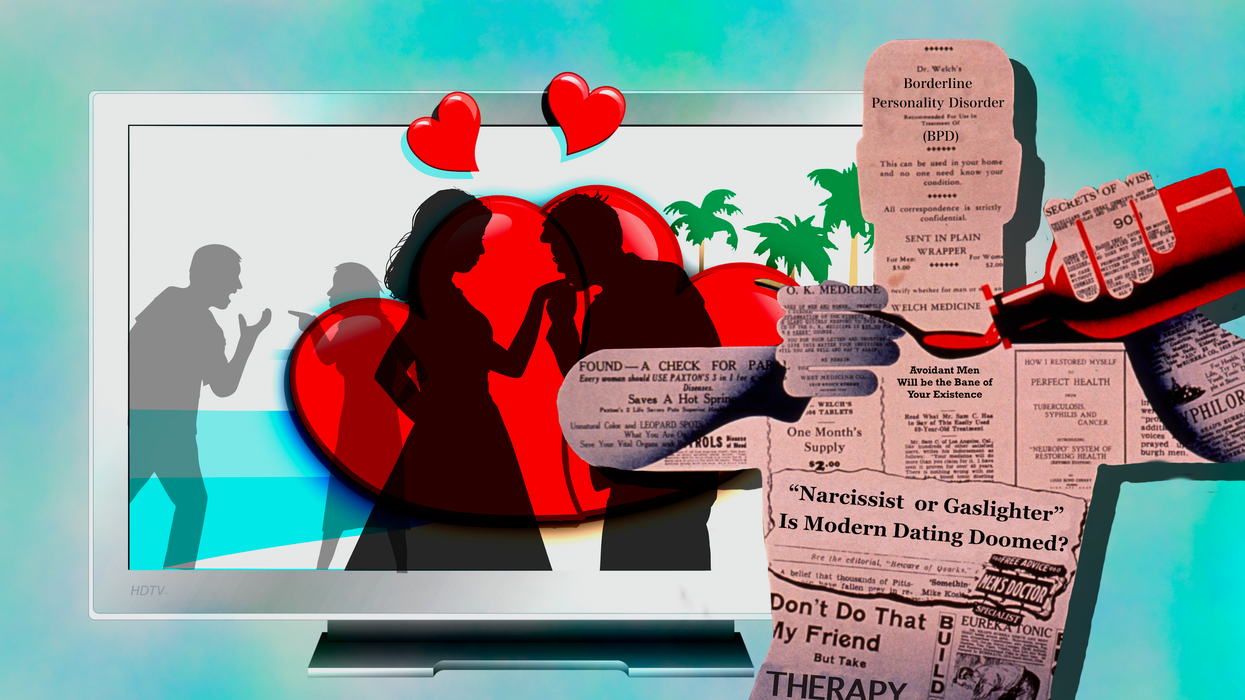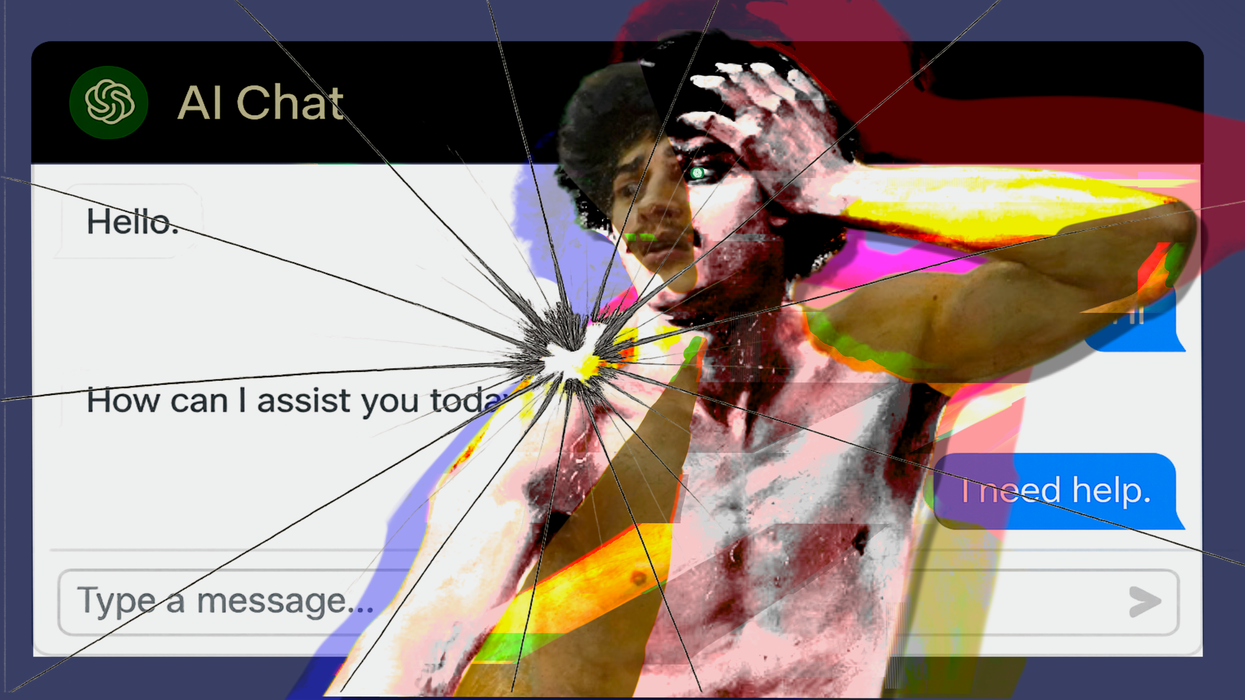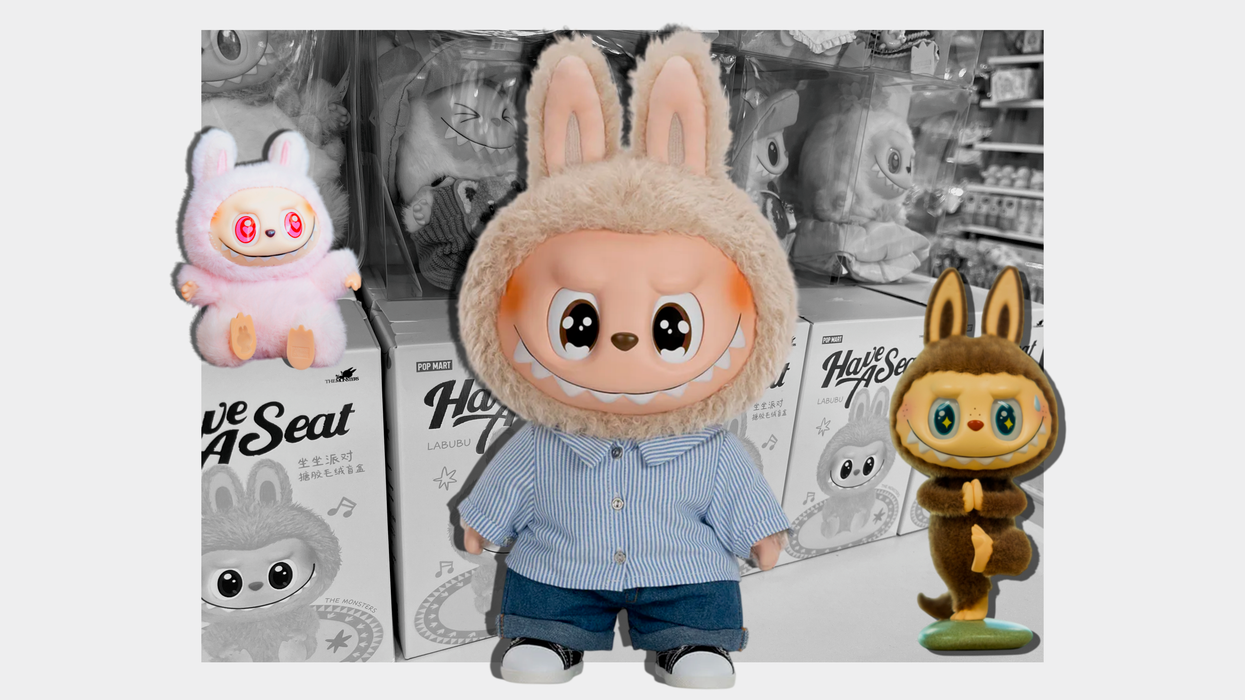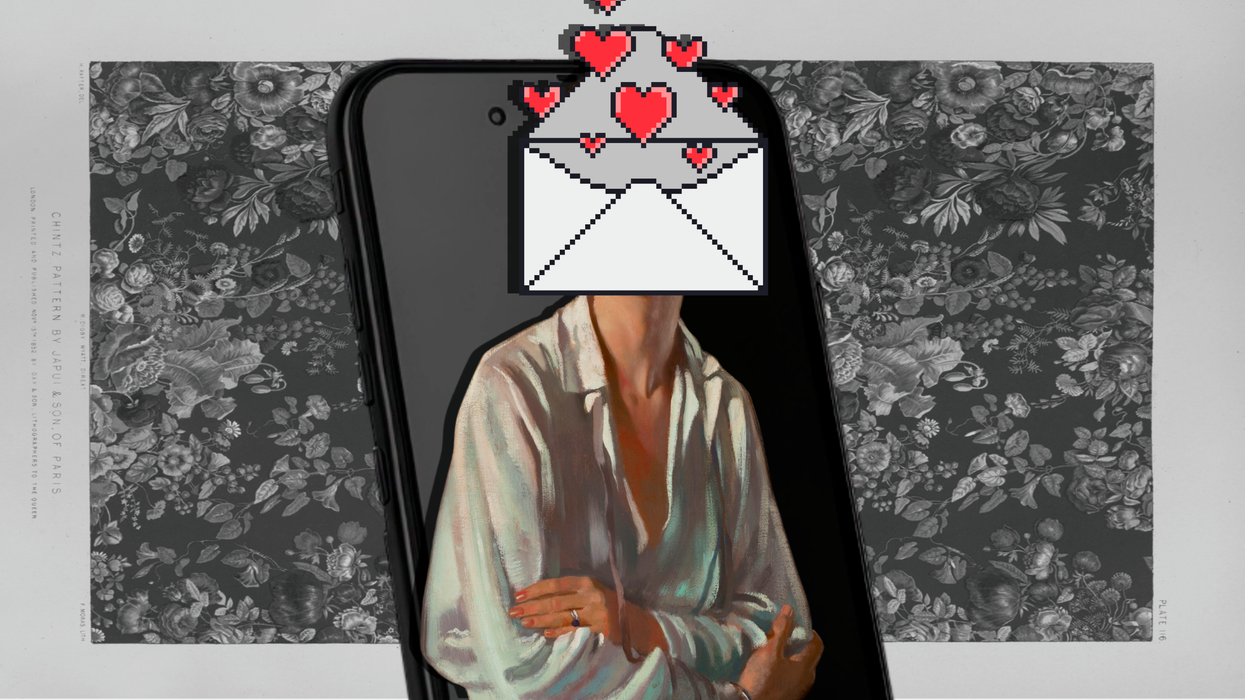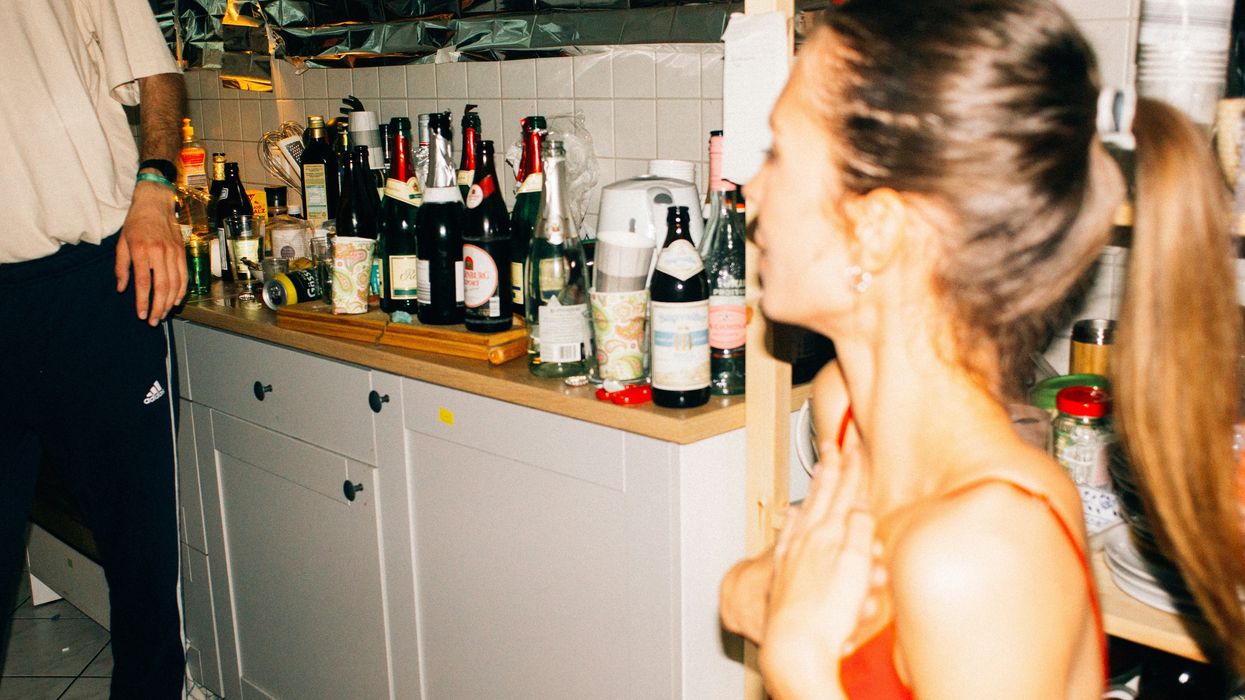Alana Tsui is a master of murals, with an incredibly distinct style inspired by every facet of her life. Known for her elegant yet impactful black-and-white linework, her practice fuses elements of her Asian heritage with the culture of her native New Zealand to create pieces that project a powerful sense of dimension and depth. So it’s no surprise that the 36-year-old has become one of the most sought-after artists in New York, collaborating with everyone from Coach to Lexus, all while retaining her signature style.
That said, it took a lot of work to get to this point. From her beginnings in the hectic fashion world to the complicated cultural struggles she’s faced as an Asian artist, Tsui has come to a place where she’s able to just create. And by tapping into her intuitive nature and authentic artistic self, she’s become an artist whose work emanates a sense of calm and positive energy flow amidst all the chaos and noise of the modern world.
Read our Q&A with Tsui, below.
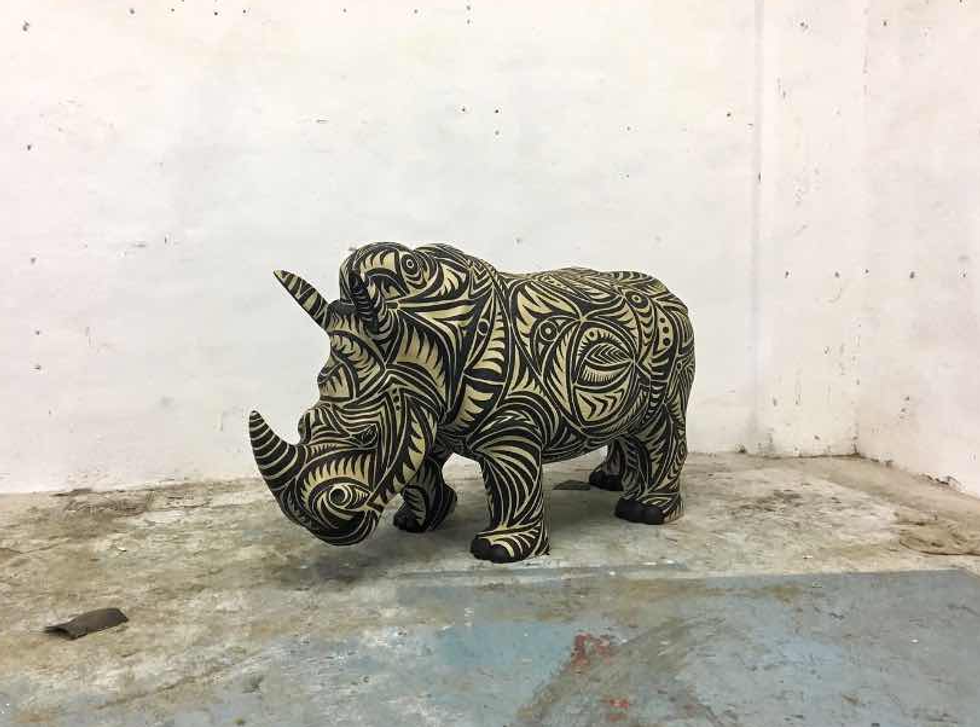
"ECKŌ UNLTD" / Cohart
You said that your work is inspired by what’s currently going on in your life. Can you tell me a little more about that?
I'm always trying to figure out why I did things. Art teachers would hate me saying this, but a lot of the time, I just paint from my subconscious mind. It’s not like there's a whole deep explanation, because I feel like whatever flows through is supposed to be.
It’s interesting you ask though, because I've got a few paintings sitting here that didn't sell. They’re very cool but aggressive, because the linework is very impactful and bold. But it definitely doesn't bring a calming feeling. Maybe that’s what’s going on inside when you're younger. You're just partying all the time, and you've got a different perspective on the world. I was definitely not as calm as I am now, so that really made me take a look and think about my work.
Having that realization really kind of pushed me into seeing my art in a new way, because I want to create art that inspires and heals. I want it to be harmonic and uplifts the energy of the space. So I’m still keeping with my black-and-white linework, but it’s now about how to utilize more negative space and have that balance. Just so it's not so full and intense.
A significant amount of your work doesn’t use a traditional canvas. Can you talk a little bit about your use of non-traditional mediums?
I love painting on sculptures and 3D objects, because it's a lot harder to “plan” out. I like to fill out the object and use the entire object’s shape. It’s kind of like freehanding the whole thing.
I've also been painting a lot of fashion stuff lately, like sneakers and handbags. I’m trying to fuse the two by making wearable art that’s more accessible to people than a mural, where you have to go to a specific place in person to see it.
At one point, you said you thought you couldn’t be an artist. Could you elaborate?
If you were growing up in an Asian household back in the day, your parents wanted you to have a stable job. They wanted you to have a 9-to-5, and freelancing was considered very unstable. Almost like jobless. It was like your parents always looked at you as a failure, because that’s the traditional cultural difference.
When I was young, I didn’t have the experience and the ability to do whatever I wanted. So as soon as I graduated and turned 21, I immediately moved to New York to be free from my parents and get that experience. But they were like, “If you move to New York, we're not going to support you. Put down all your credit cards,” and all that kind of stuff. And I was like, “Fine, I'm still going to try it out.”
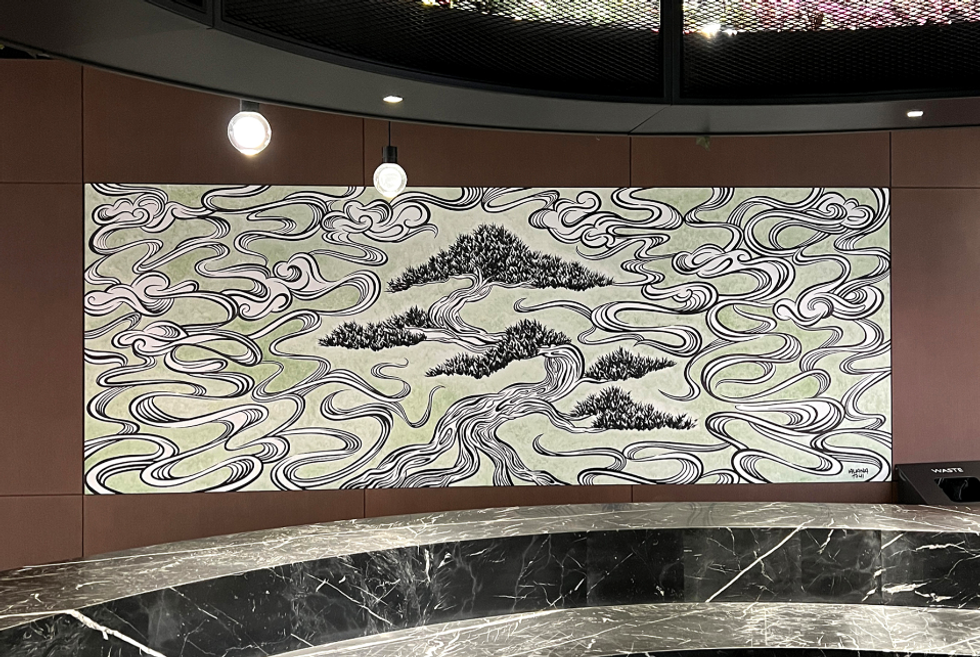
"The Flow of Chi" / Cohart
Yeah, it can be tough for Asian creatives.
Yeah, and I really loved art, but there was a part of me that was scared to really pursue this for a few years. I didn't want to turn this into my job, because I didn't want to kill my passion. But I also think that was just my beginner's mindset, because I wasn't so established in my own style, and I would just try to cater to what a client wanted.
Sometimes I would do stuff that I didn't like, but after a while, I became more well-known for my style, and people came to me for that. So when they said they wanted a certain thing, I was able to stand my ground and be authentic. Now, every time I do paint, I'm like, “Fuck, I feel so in flow. This is what I'm supposed to be doing.” So that’s what got me over the hump of the whole passion and doing what you love thing.
But again, there’s also the Asian parents. I remember five years ago, I went home to New Zealand, and I was shocked that my dad made a comment that was like, “When are you going to get a real job?” I was like, “I've left home for nine years doing this,” and even my mom stepped in and was like, “What are you talking about? She's been supporting herself.” So yeah, the Asian parent mentality is just so hard-wired into them. Even when you've done good for nine years, supporting yourself without their help, it’s still like, “You're going to get a real job.”
That’s a real gut punch. I’m sorry to hear that.
And I'm getting emotional, because my last job for Lexus was a really special for me. My first car was a Lexus; my adult car was a Lexus; and my parents saved my Lexus for me, so every time I go back to New Zealand, I'm still driving a Lexus. And my dad was really, really into cars.
What made this job really amazing was that they hired me to do the whole showroom. They printed out posters of my artwork, and I got the sign mural on-site on the night, but my dad passed away a few years ago. I just wish he was there. If he saw that, I'm sure he would have been so proud of me.
I know he would have, especially since that sounds like such an amazing job. What was creating the art for that like?
Lexus reached out to me, and we went back and forth with the designs they wanted, and the first designs that I gave them, they were like, “No, this is not Alana enough. We want it to be Alana’s linework.” So I gave them more patterns that combined the Lexus luxury elements, like the shape of the car panels, with the energy of the city.
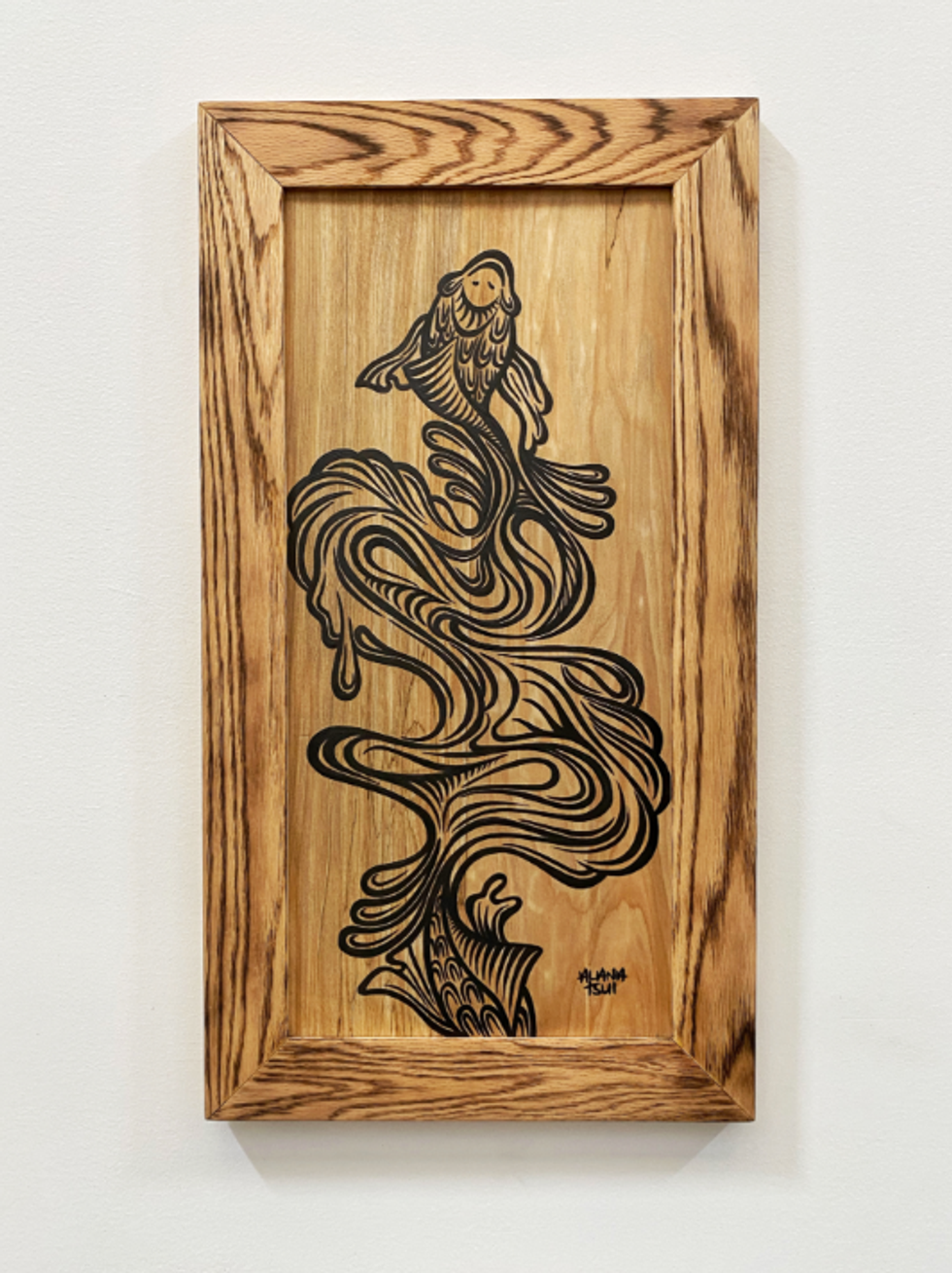
"Two Way Flow" / Cohart
It’s cool to see a brand respect your style to the point where they specifically request it to be “more Alana.”
I always try to work with people to help bring their visions to life, unless they're really out of line and requesting a certain style that is clearly not me. Then, I'll be like, “We might not be a good fit for each other.” It’s mostly because I feel okay in saying “no,” and not feeling like I have to do something that's not me.
It’s great that you’ve reached that place, and I'm sure a lot of people would love to get some advice on balancing their career with creativity.
For your career, the best thing is to just keep posting your work for people to see. It’s really about establishing your own style and building a portfolio, so that people come to you after seeing your work.
But if you're starting, it can be hard, because you don't know what your style is. So you just have to keep trying different stuff too. You can't be scared to do something you're not used to and that you feel comfortable with, because you could develop some new stuff that's even more you. Because I’ve had people ask, “Are you not scared when you're doing a mural that you're going to do something wrong?” And I’ll just say, “Well, then paint over it.”
*This interview has been lightly edited and condensed for clarity.
This Q&A is part of VEXT's series with Cohart, a social art marketplace for artists and art buyers.

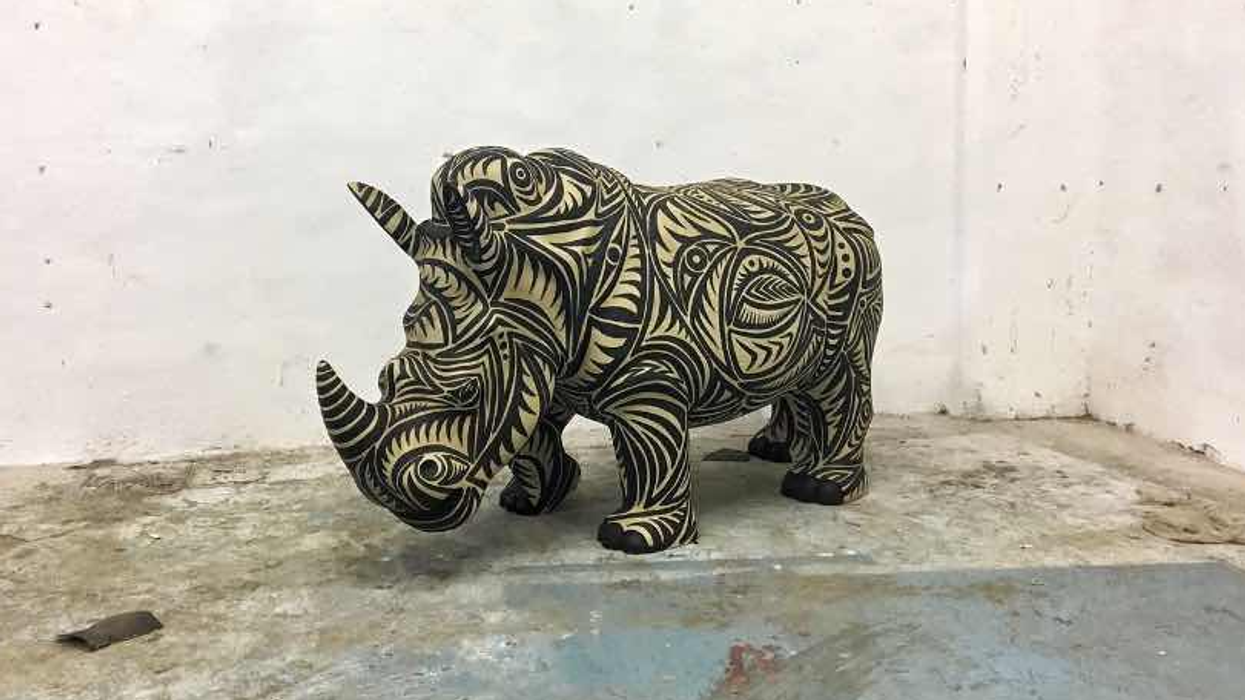
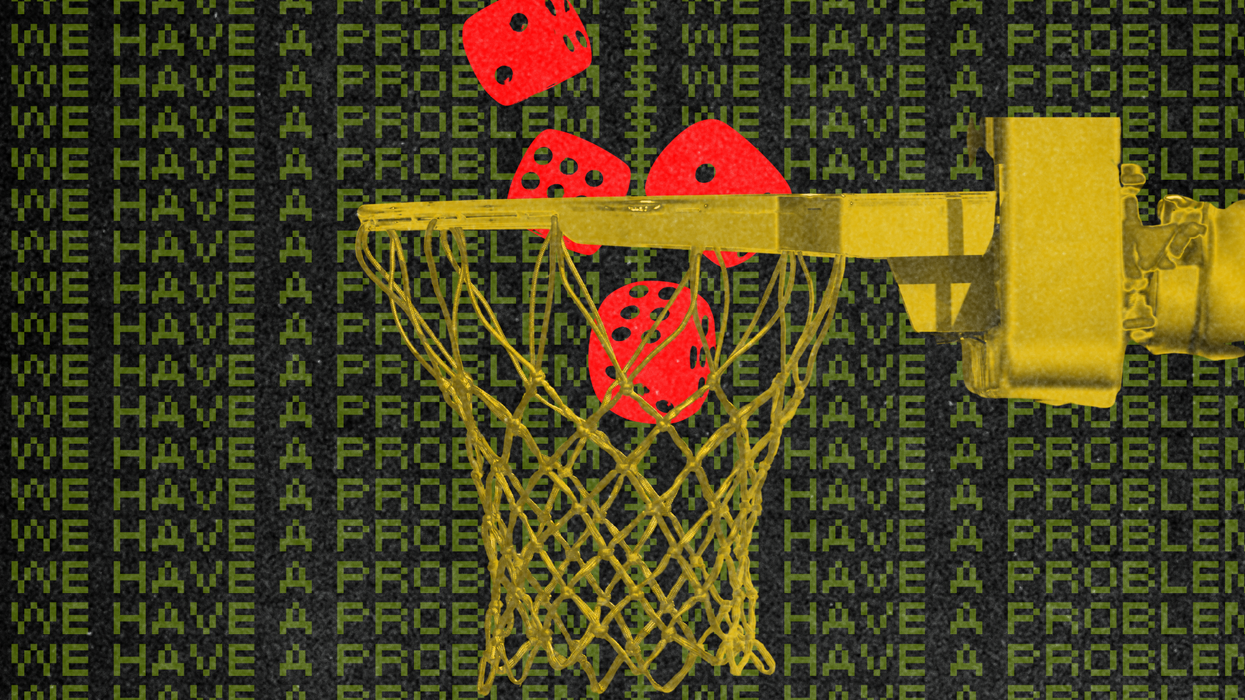
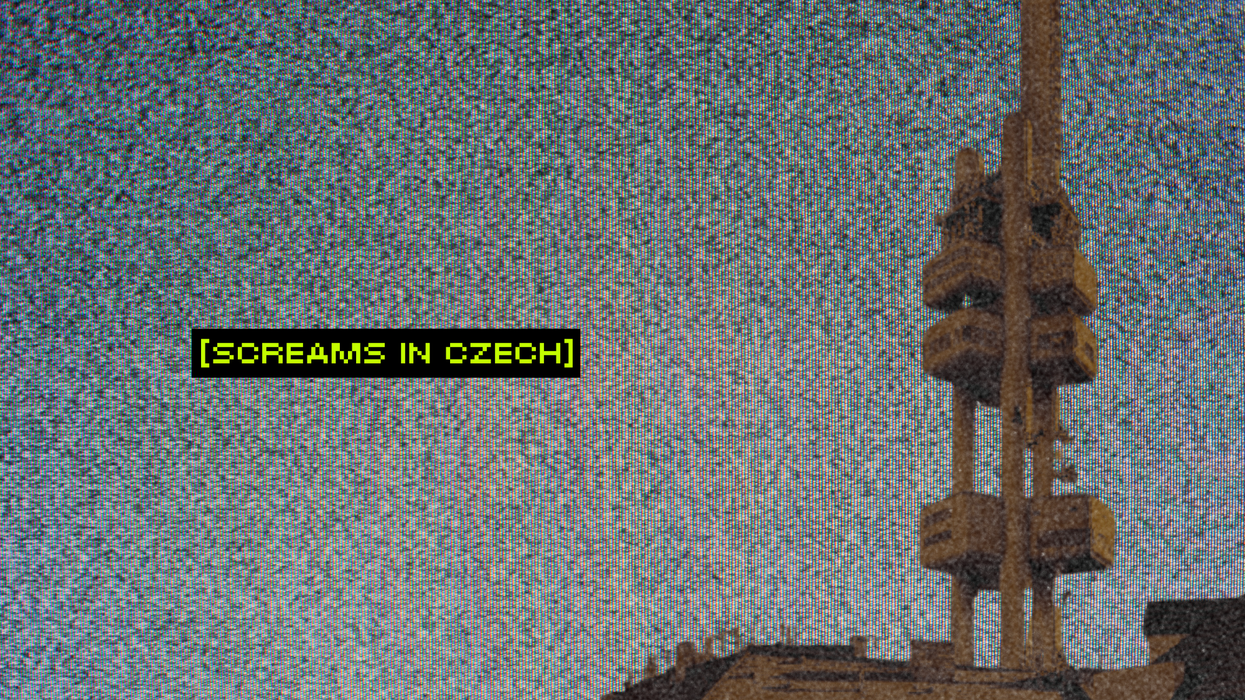
![[10/10] La Chimera: A Dreamlike Descent Into Grief, Memory and Myth](https://vextmagazine.com/media-library/image.png?id=61454821&width=1245&height=700&quality=90&coordinates=0%2C0%2C1%2C0)
